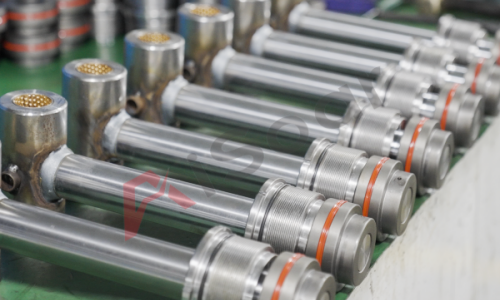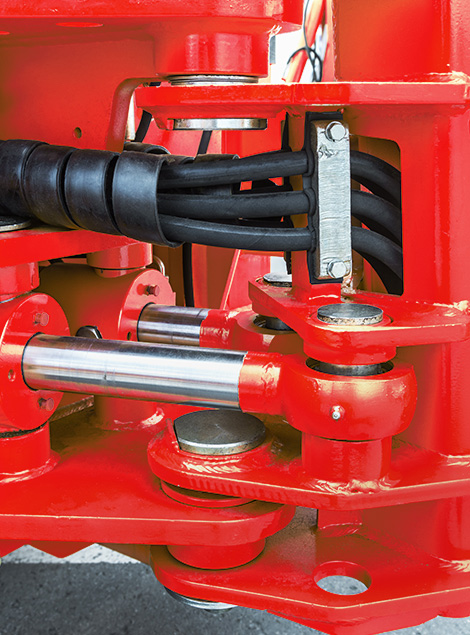How to assemble a welded hydraulic cylinder?
At AiSoar, our skilled workers take care that all the necessary components are available for the assembly process. Hydraulic cylinders have many different parts and components in them, however, the actual structure does not differ much. There is no great difference if the hydraulic cylinder is small or big: only the equipment change.
All the components are carefully inspected before they are ready for use. An experienced expert is able to feel and see even the smallest impurities, dents or scratches on surfaces. Every component must look, feel and weight right. Our assemblers checks each parts’ cleanliness before starting to assemble them together.
After all the pieces and components have been inspected and their cleanliness has been checked, the actual assembly process can start. First the seals are put in place (for piston, cylinder head etc) along with bearing and snap ring.
- The piston and cylinder head are attached to the rod.
- The seals are oiled around piston and cylinder head.
- After the rod is assembled with every component, the whole package is ready to be installed to tube.
- During every step of the way, the cleanliness is the top priority and at every point of the assembly, the surfaces are kept clean and properly wiped if necessary.
- The tube is inspected visually too – with light from inside as well – and after that the tube is attached horizontally to an installation bench, a bearing is installed and the tube is oiled properly from inside.
- The rod is carefully slid inside the tube with piston end first.
- The torque is set according to customer requirements.

After the actual assembly of tube and rod is ready, the bearings and grease nipples are installed.
The essential concept remains the same despite the type of the hydraulic cylinder. However, as we have previously stated in our blogs, different types of valves, sensors, and other specific features in hydraulic cylinders may exist based on customer wants and requirements. The installation of those is done in accordance with the product's instructions.
Because each hydraulic cylinder is unique, the assembling time varies between items. The time required is determined by factors such as the number of components required by the cylinder and its size, among others. As previously stated, larger cylinders are built in the same manner, but because the sizes and weights can be exceedingly large and heavy, various types of lifting and torque equipment must be employed.


 ES
ES RU
RU